Auction Highlights: The Artists of the WPA — January 30, 2025
Thursday, January 30 at 12:00 PM ET
Works in photography, cartography, printmaking, posters, and painting are all represented in this reflection on how the early twentieth century changed American culture.
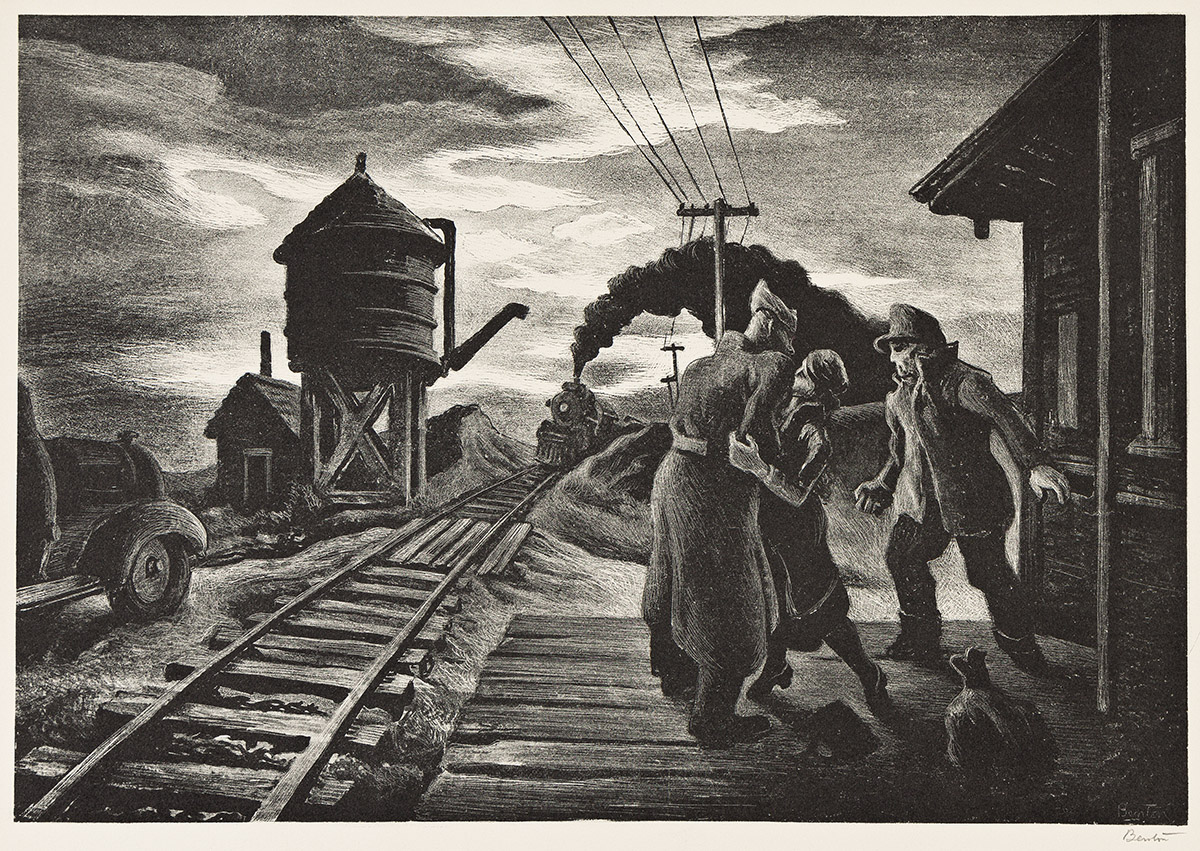
Government Support for Artists During the Great Depression
The economic hardships of the 1930s, as well as the drought across the North American prairie, were of great concern to lawmakers in Washington, DC. The agencies that formed as part of the New Deal, an “alphabet soup” that included the Works Progress Administration, the Farm Security Administration, and the Federal Art Project, put artists to work. These artists expressed empathy for the American farmer, as seen in Thomas Hart Benton’s romanticized vision of farm life in Missouri Farmyard, and Dorothea Lange’s tender documentation of the plight of families experiencing the Dust Bowl era.
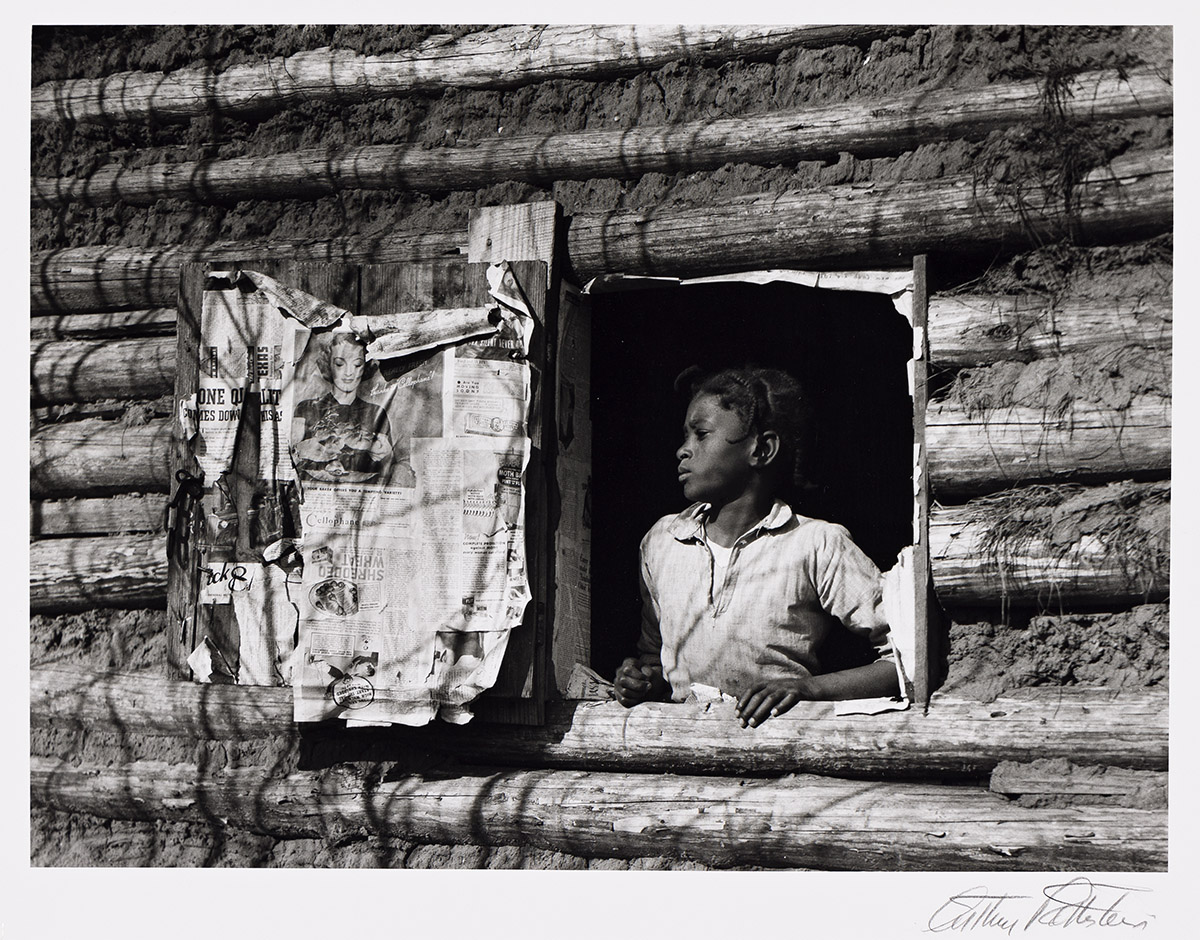
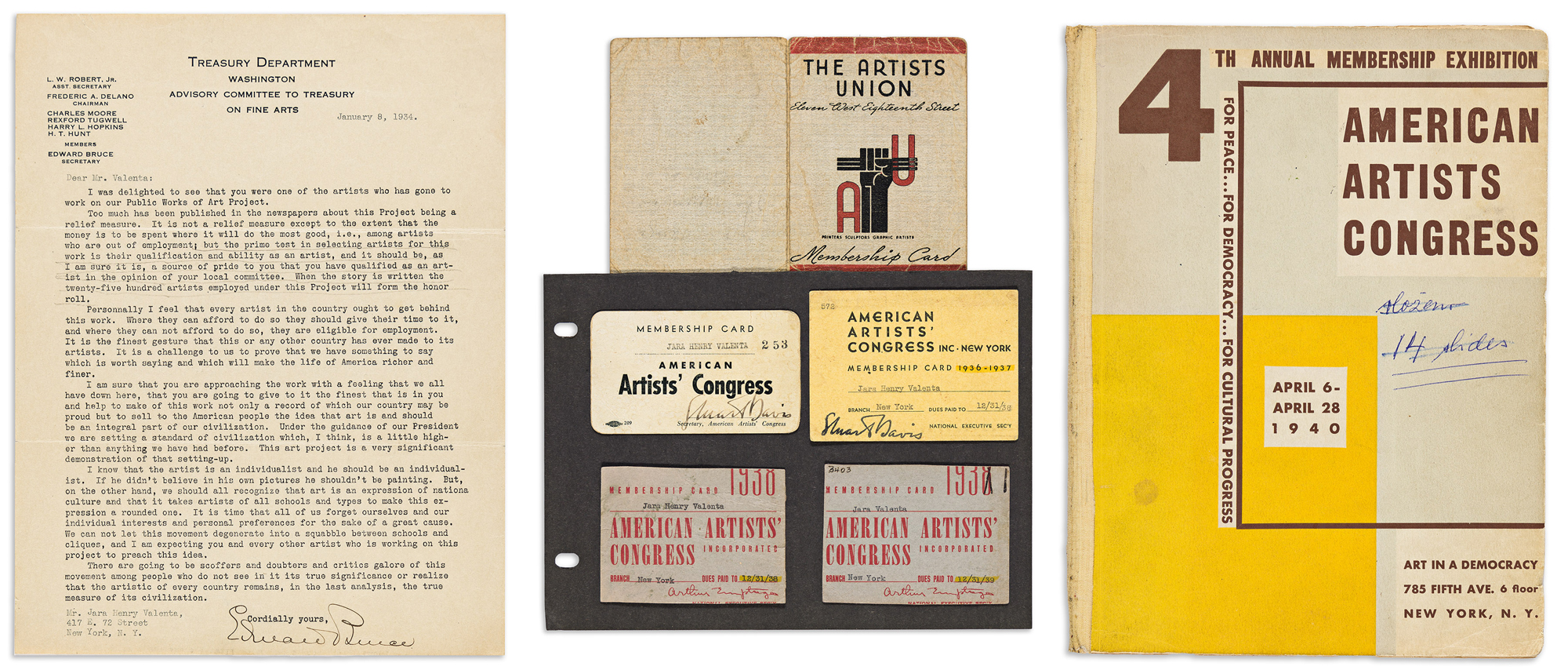
Rural Free Delivery and WPA Art in American Society
R.F.D. 36, by Paul Meltsner, depicts a government worker steadily on his route delivering mail to the rural farms in the American heartland—a dead tree between the farmer and mail carrier emphasizes the perseverance in the face of hardship that the American people endured. Rural Free Delivery (R.F.D.) was a concept that moved the burden of mail delivery from that of individual households in rural areas to a single mail carrier. This concept was first discussed in America toward the end of the nineteenth century, and it was voted into law by Congress in 1902 as a national program. Other artists depicting Social Realist works for the WPA include Seymour Fogel, Louis Lozowick, William Gropper, and Reginald Marsh.
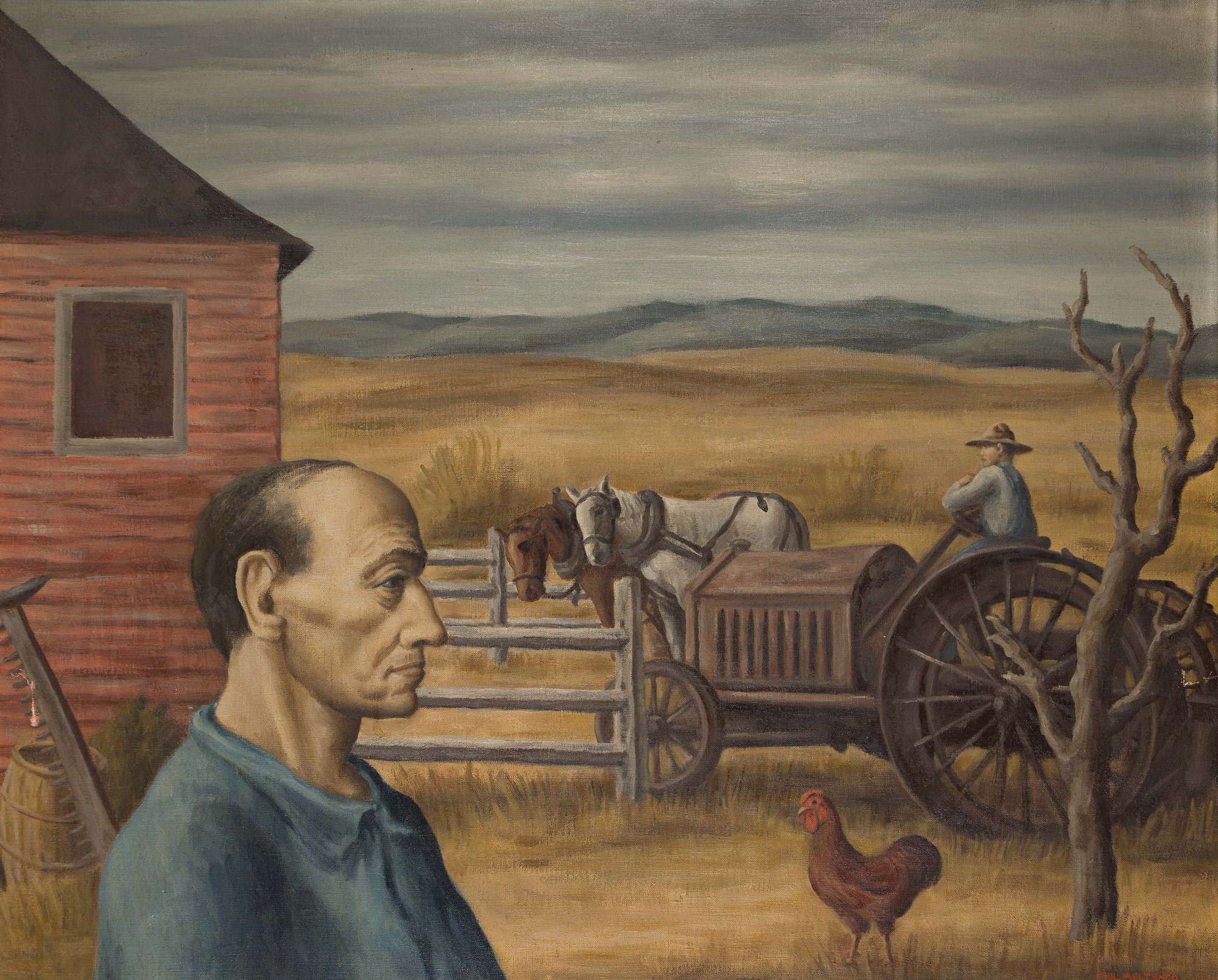
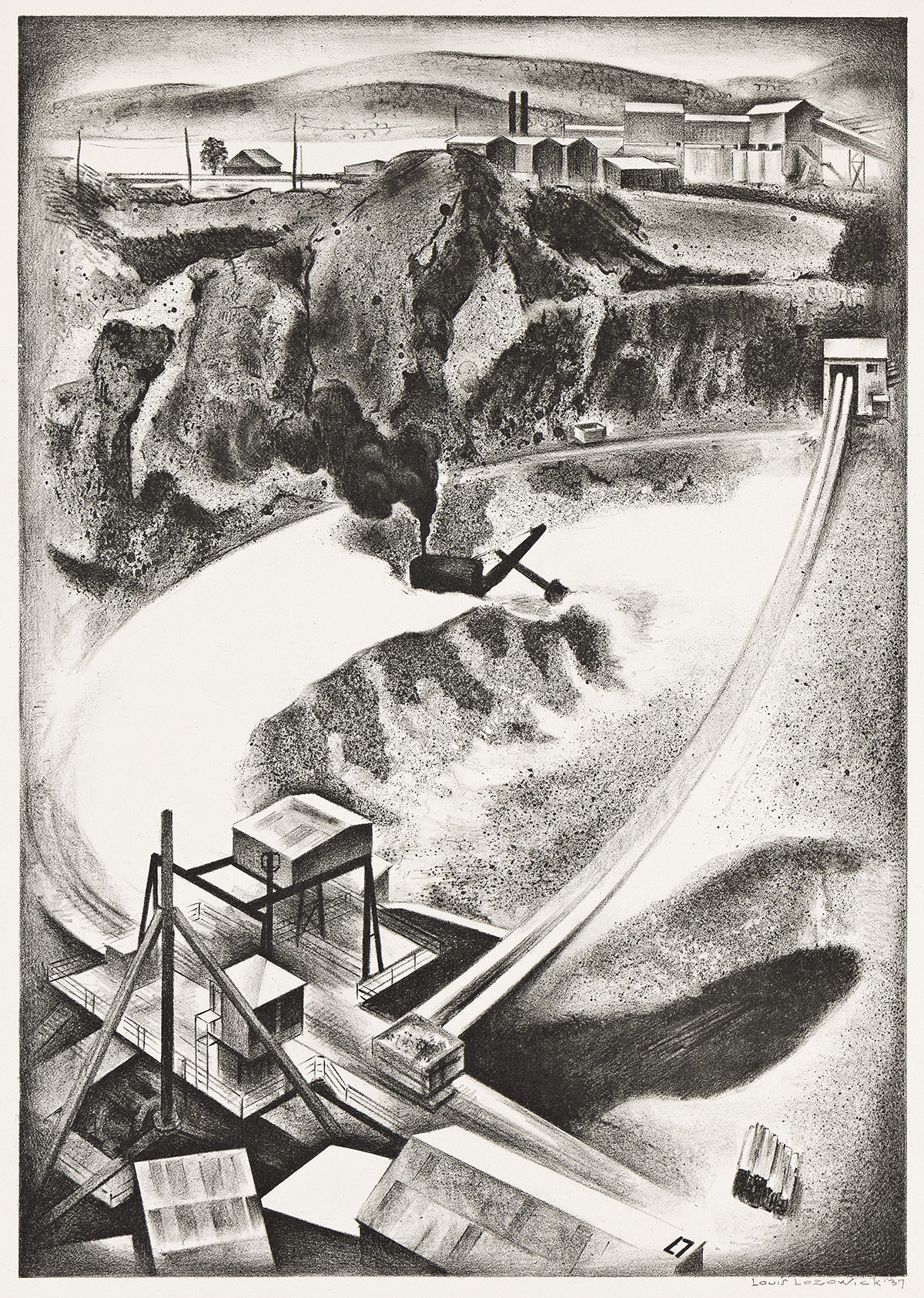
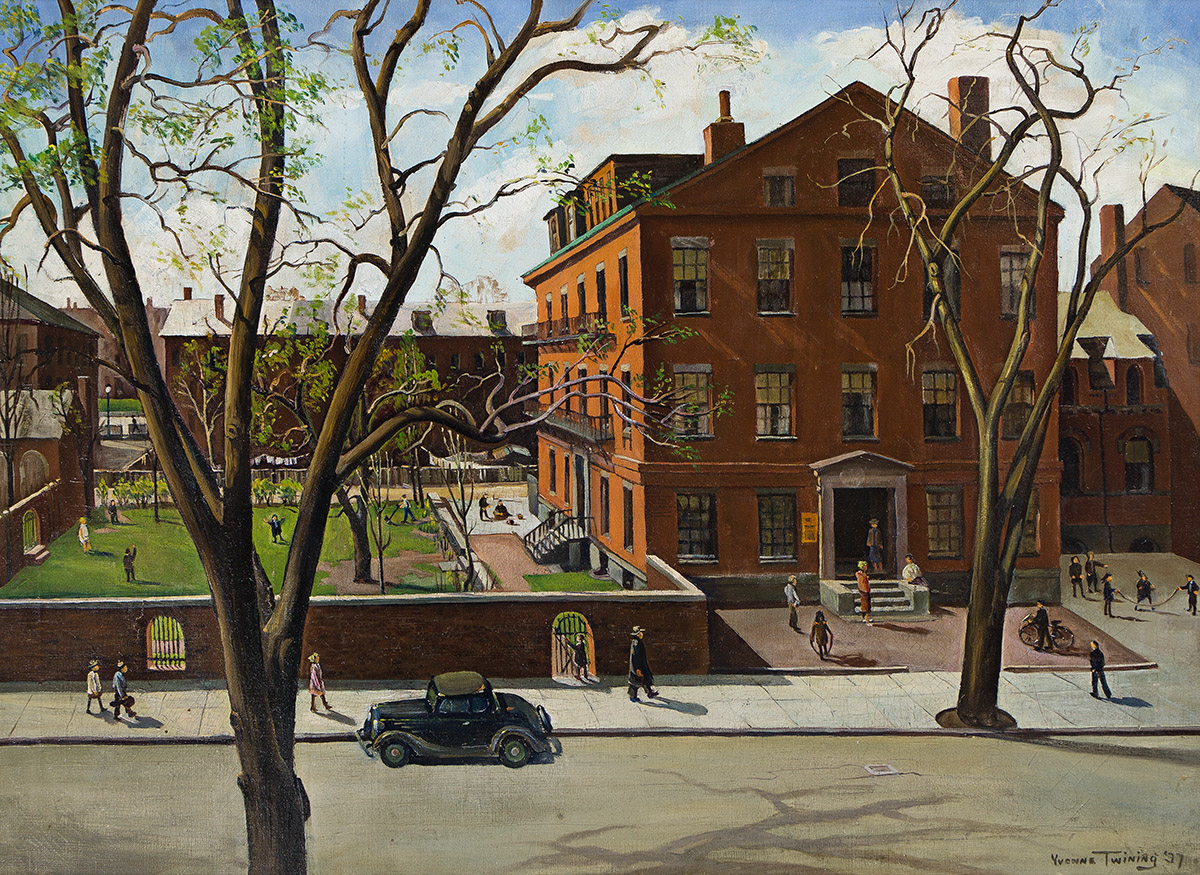
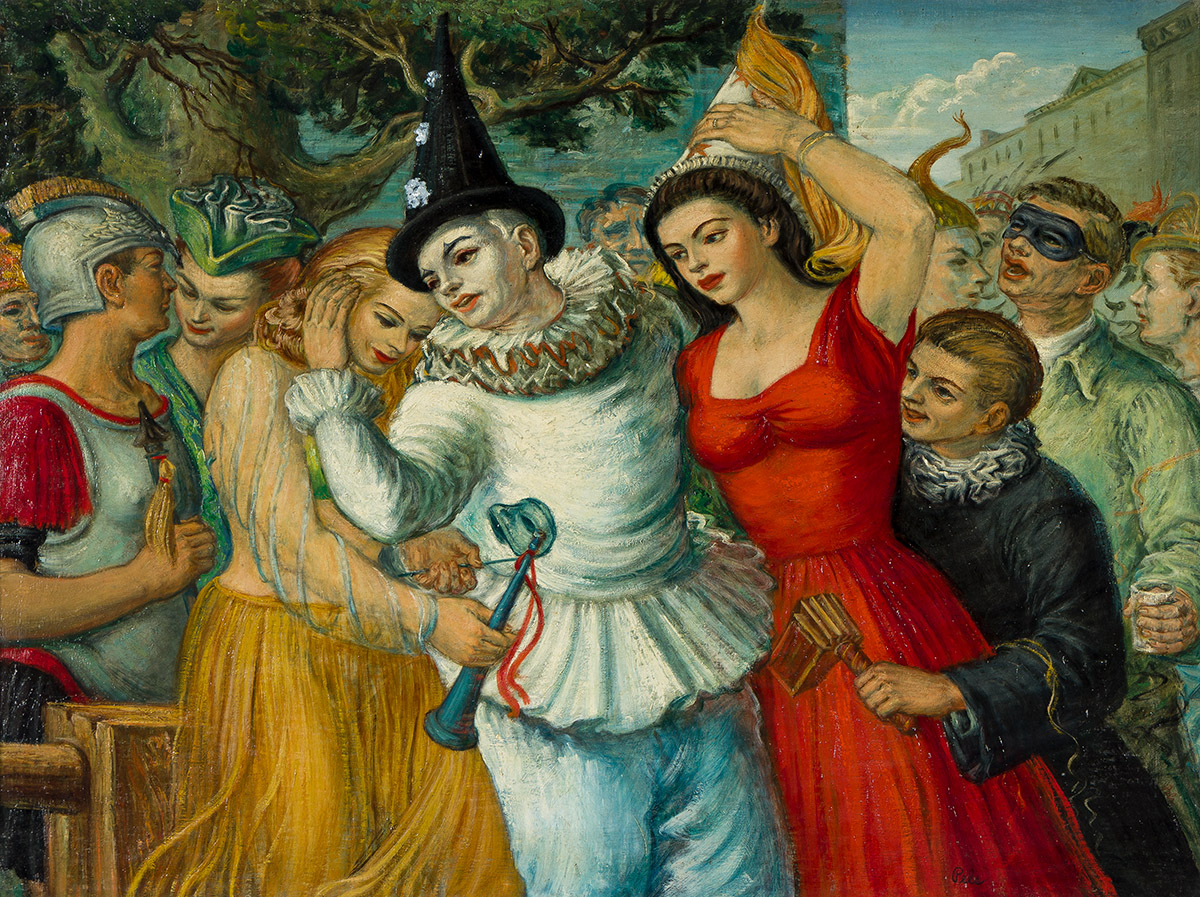
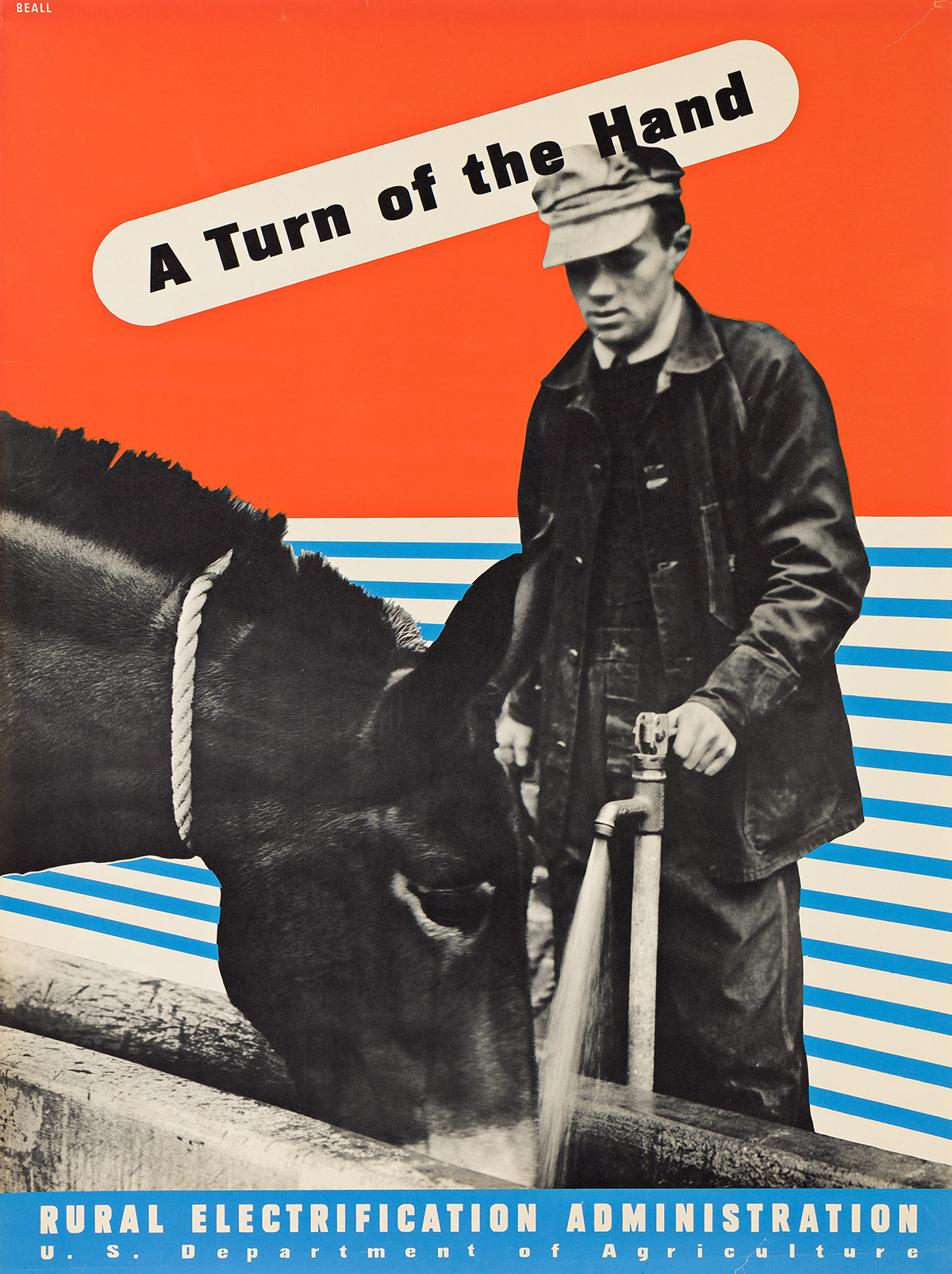
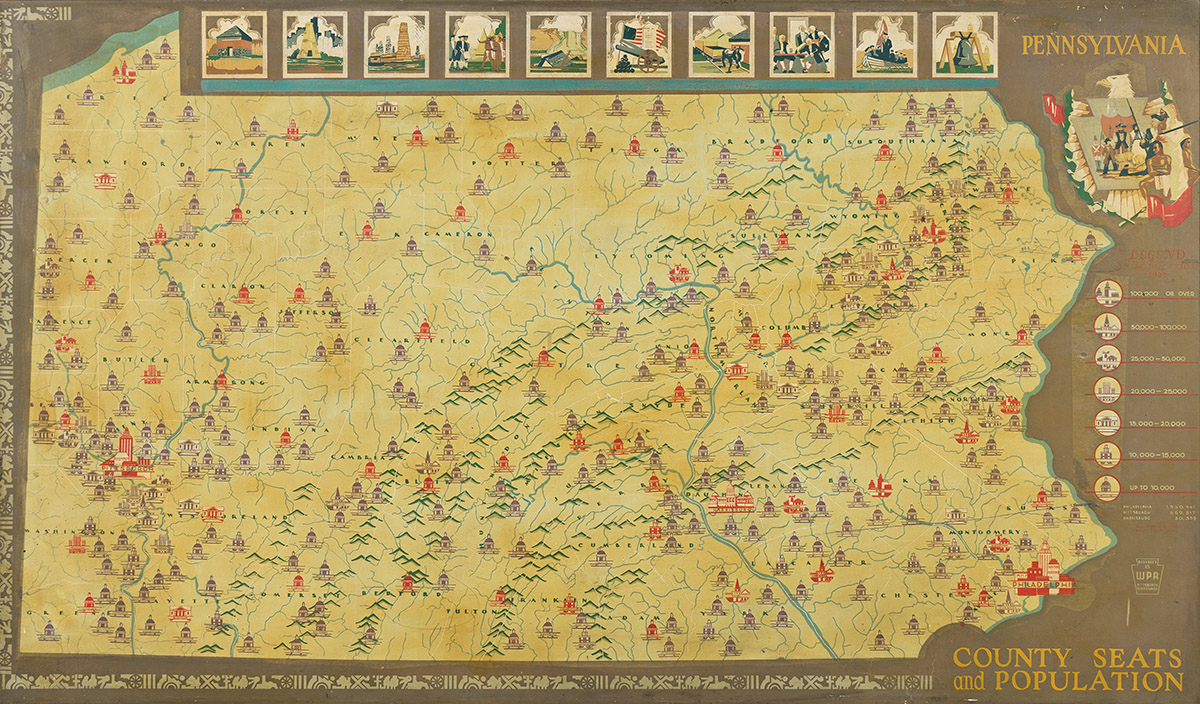
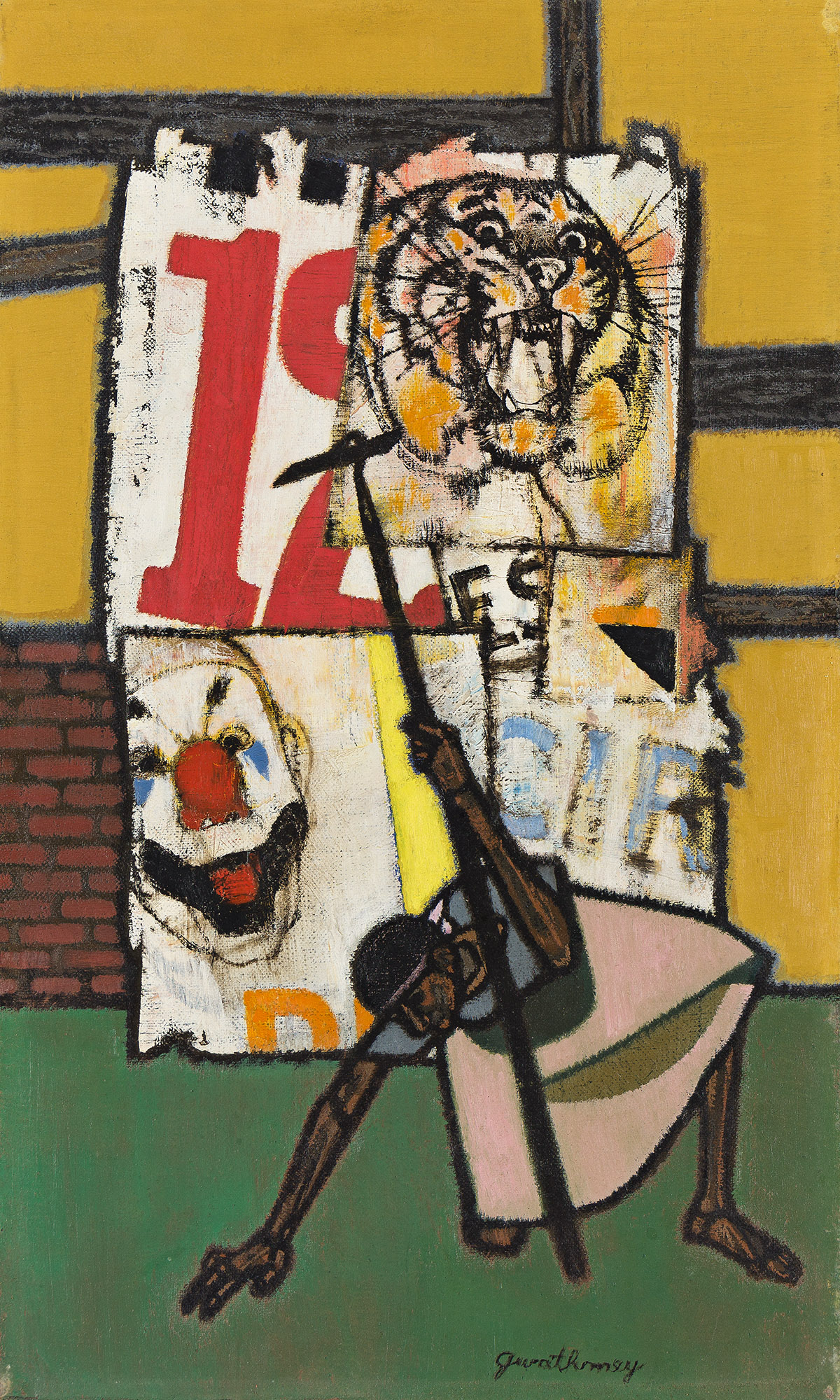
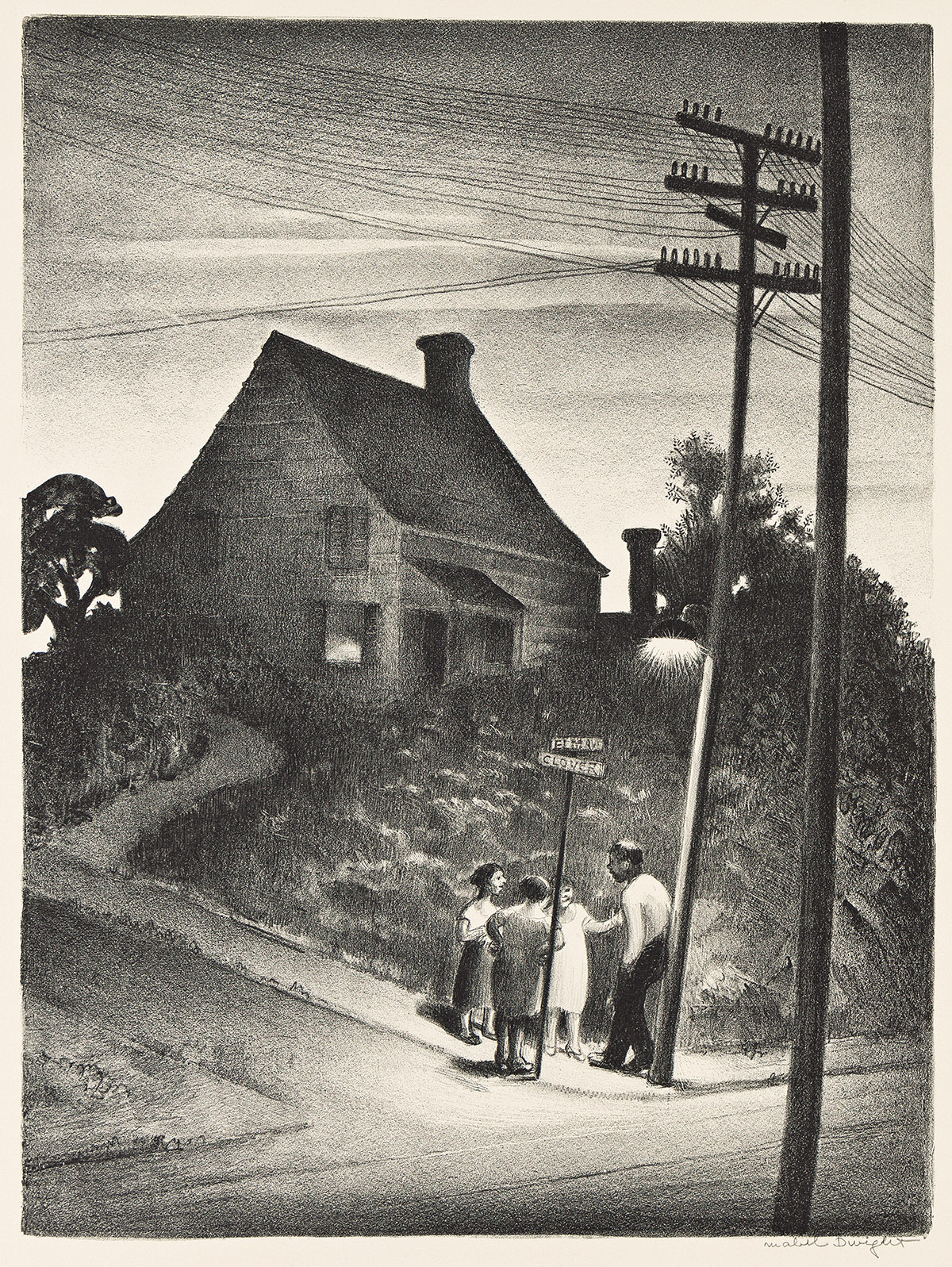
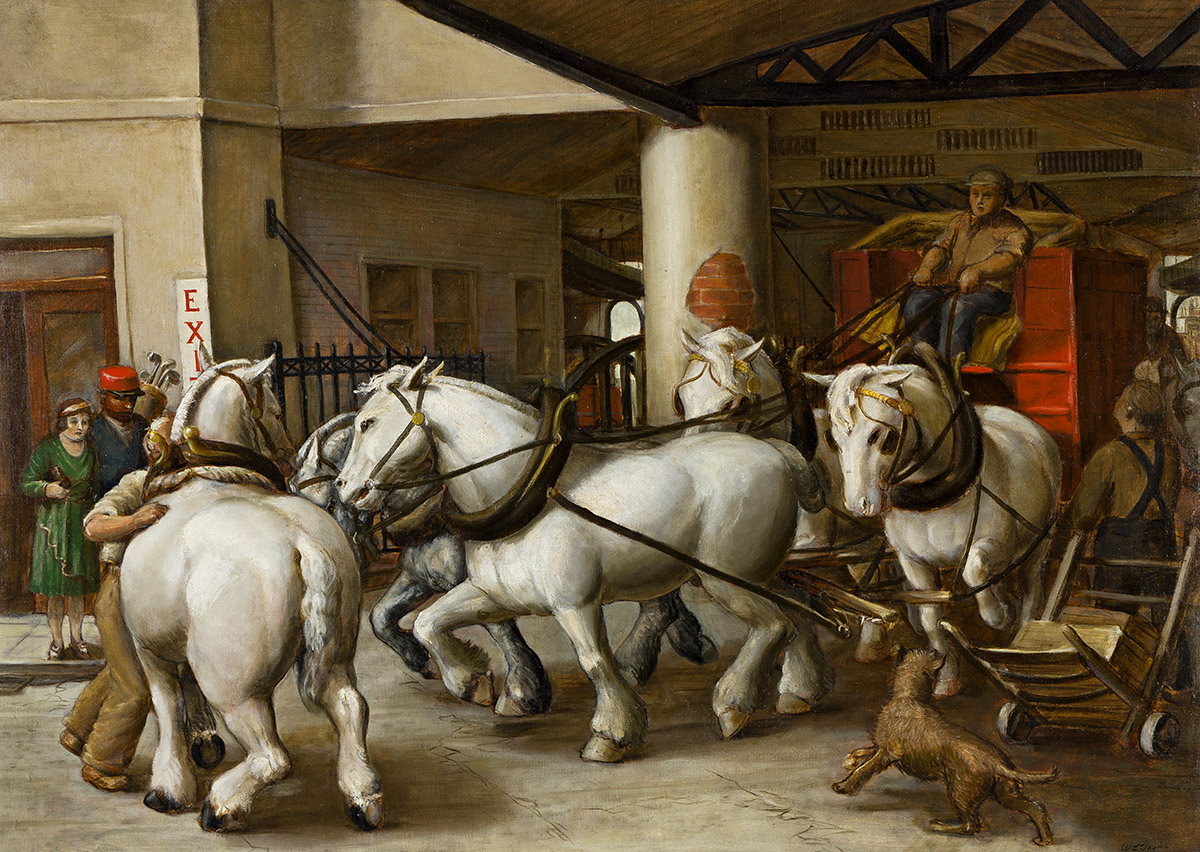
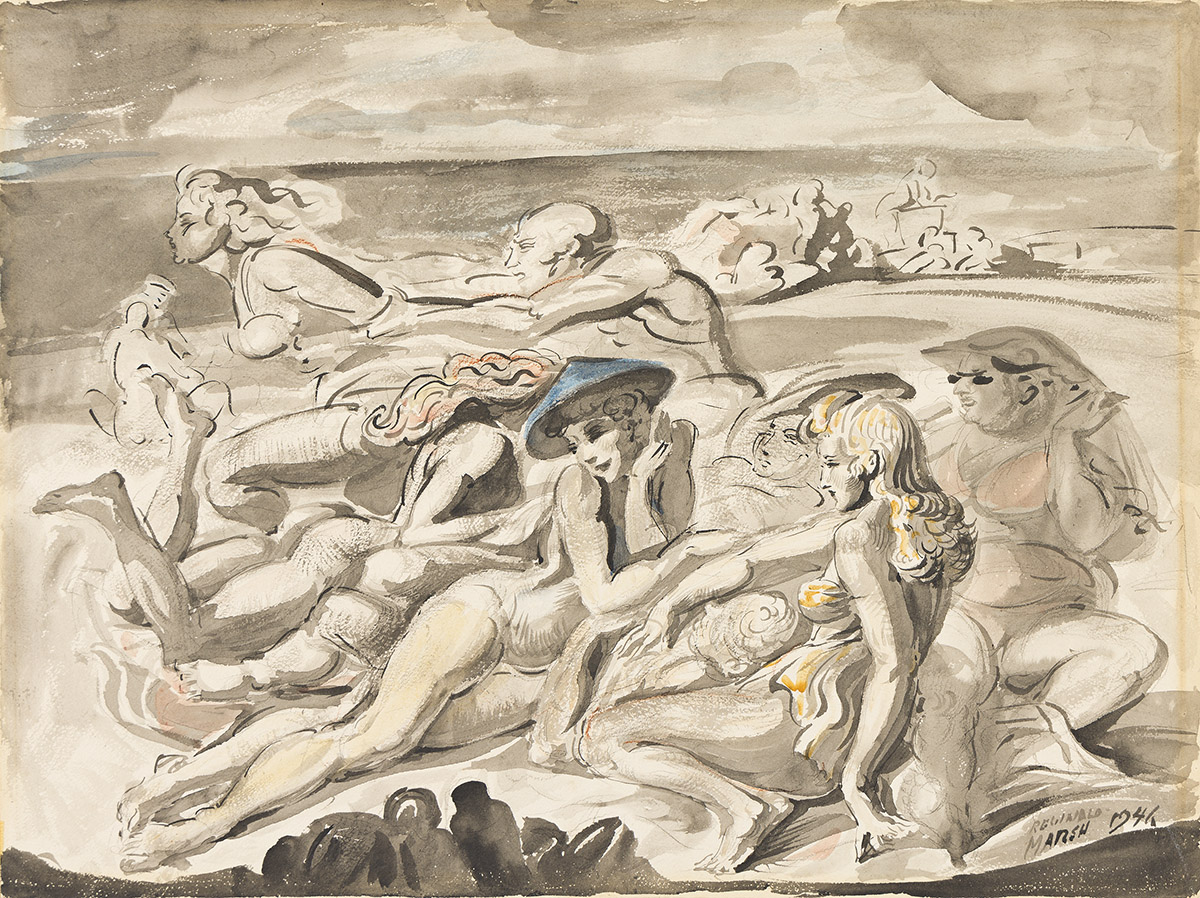
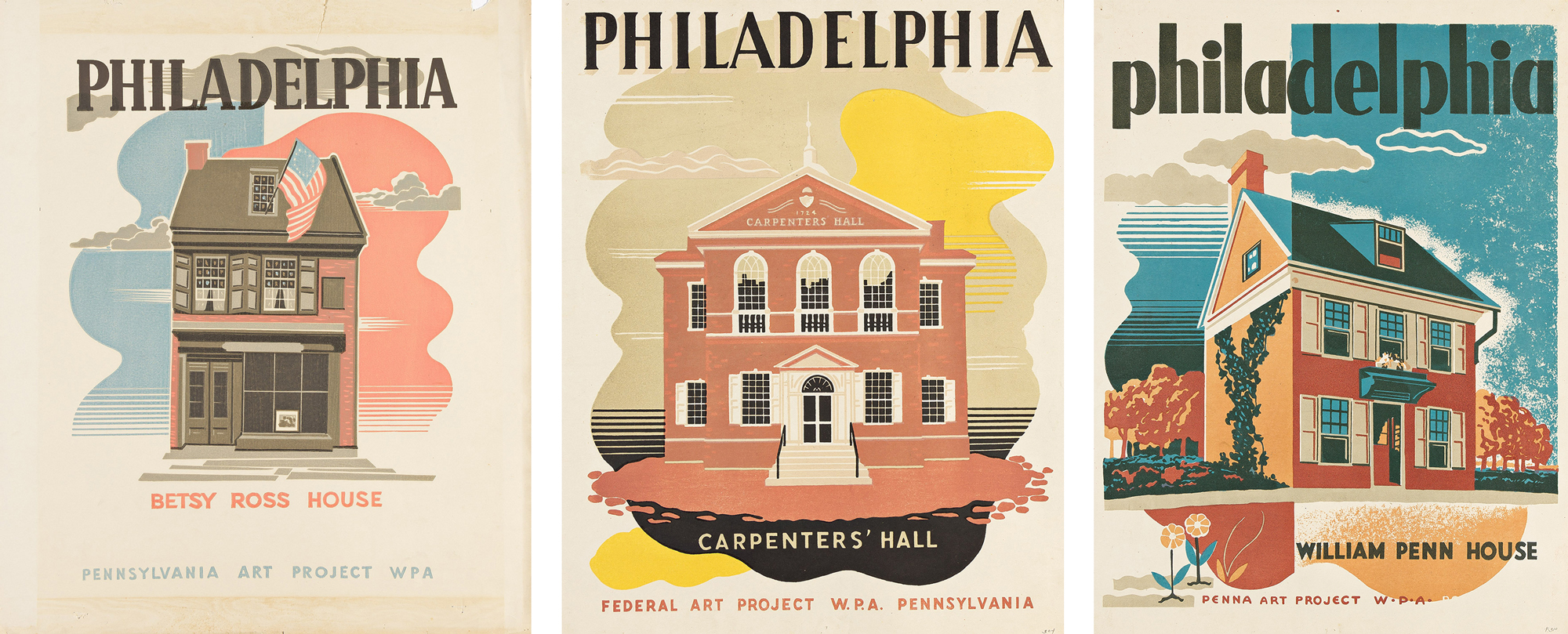


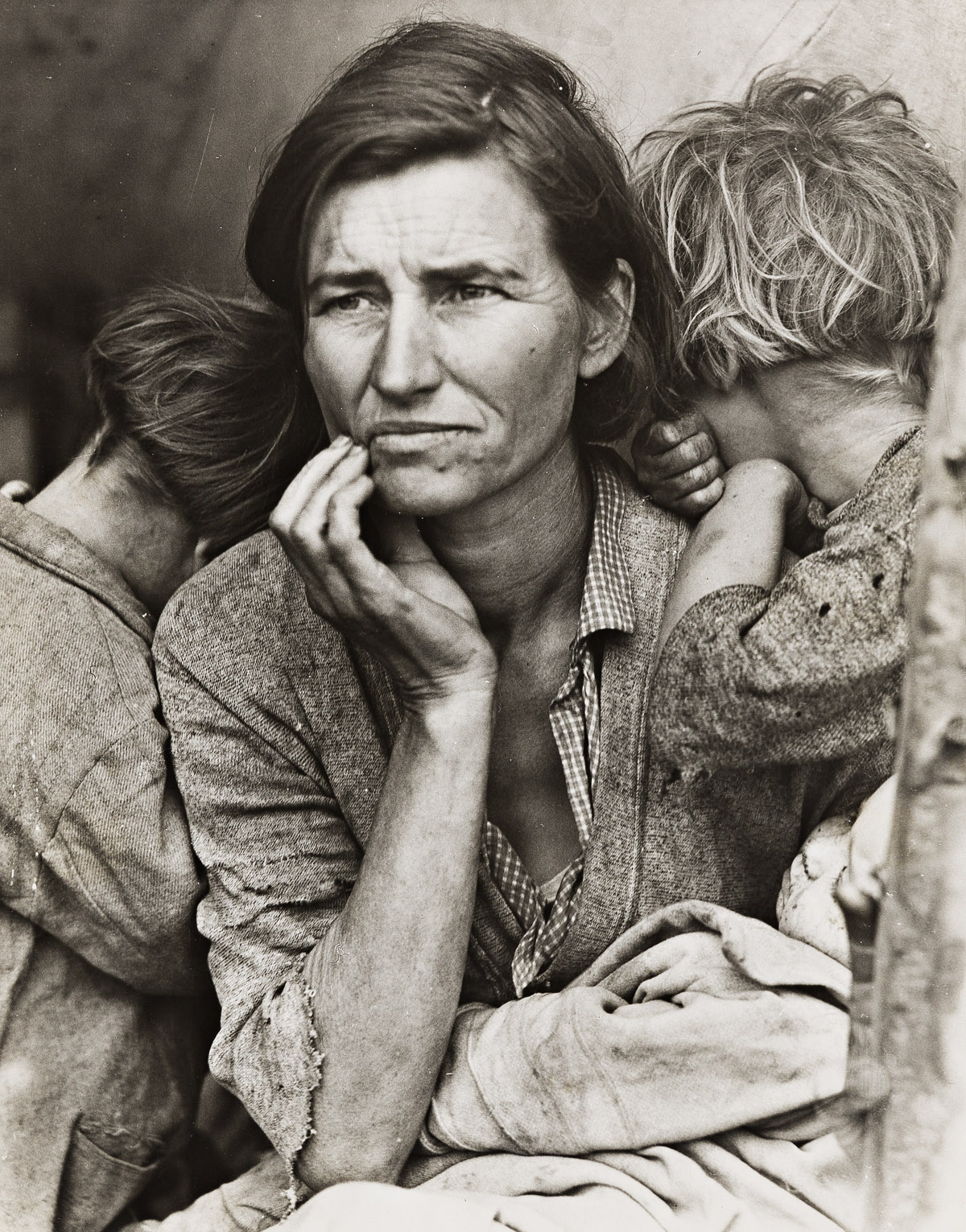











![Grace Meschery-McCormack shares about two copies of Fernando de Rojas’s ‘La Célestine,’ including a limited edition copy illustrated by Pablo Picasso.
At auction April 22. Learn more about the works at the link in our bio.
#Rarebooks #rarebookdealer #antiquarianbooks #auctions
_______________________________________
Music Credit:
Schubert - Piano Quintet in A major ‘The Trout’, D. 667 - IV. Andantino – Allegretto
Music provided by Classical Music Copyright Free on Youtube [https://tinyurl.com/visit-cmcf]
Watch: • Schubert - Piano Quintet in A major ‘...]](https://scontent-iad3-1.cdninstagram.com/v/t51.75761-15/491443494_18499096345036585_5935932878956098058_n.jpg?stp=dst-jpg_e35_tt6&_nc_cat=107&ccb=7-5&_nc_sid=18de74&_nc_ohc=u_iWjSzBq6AQ7kNvwGP43px&_nc_oc=Adm2-RoP-ycffpqdlTNCCefFvNYdnM4Jbat2wE7WtBletQyey5mIGvoT4Ix2A95fVyg&_nc_zt=23&_nc_ht=scontent-iad3-1.cdninstagram.com&edm=AM6HXa8EAAAA&_nc_gid=eTwSDKjwzuIEH2HTsOiAUQ&oh=00_AfKl3j8eCOhZtWZI08y4hP0t0umVaKTykQGifaLKwG-N9w&oe=68202CD1)



